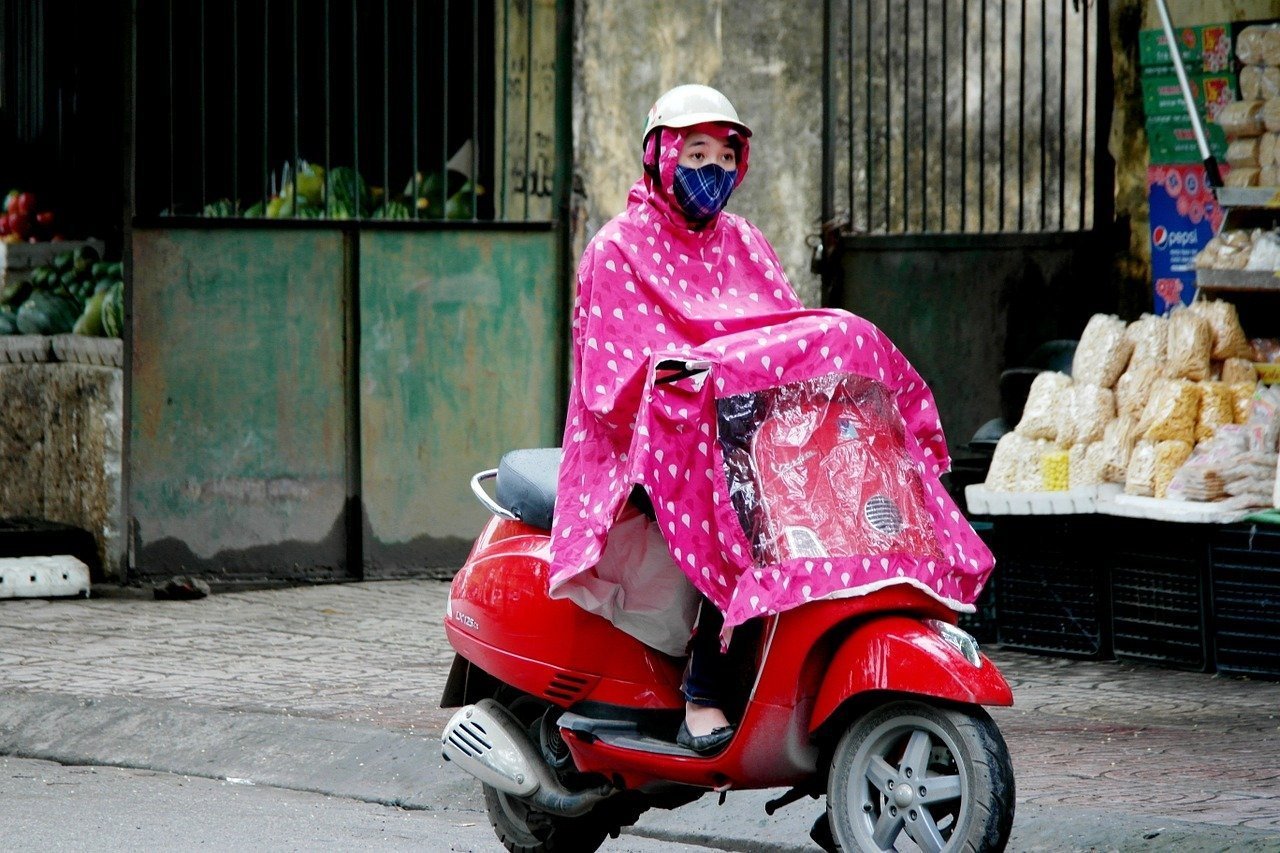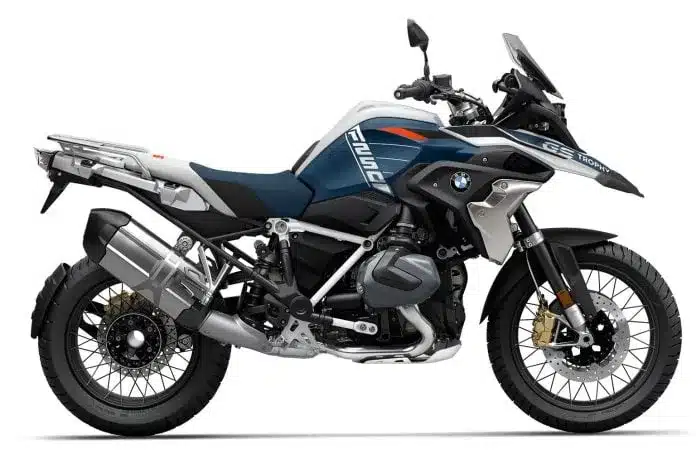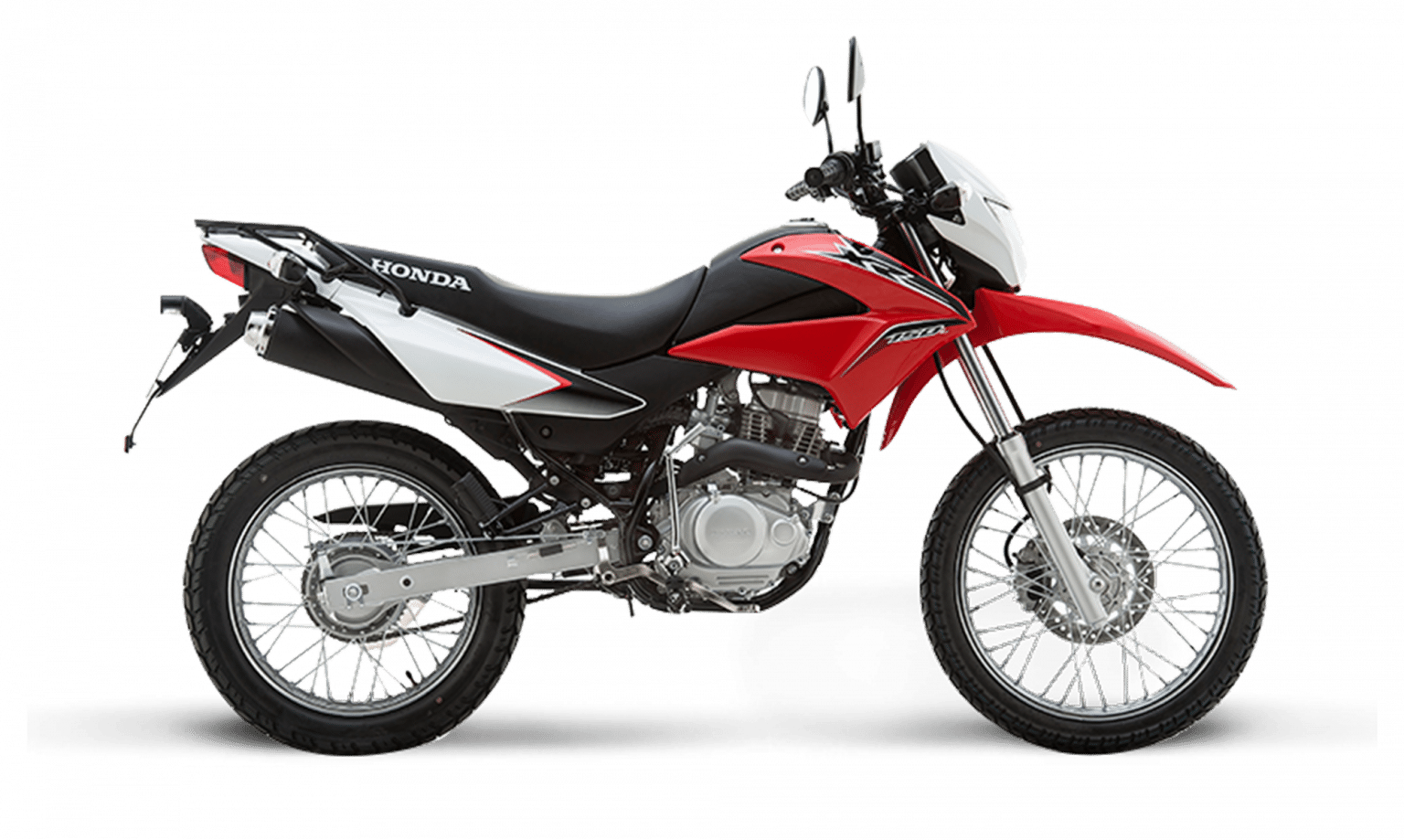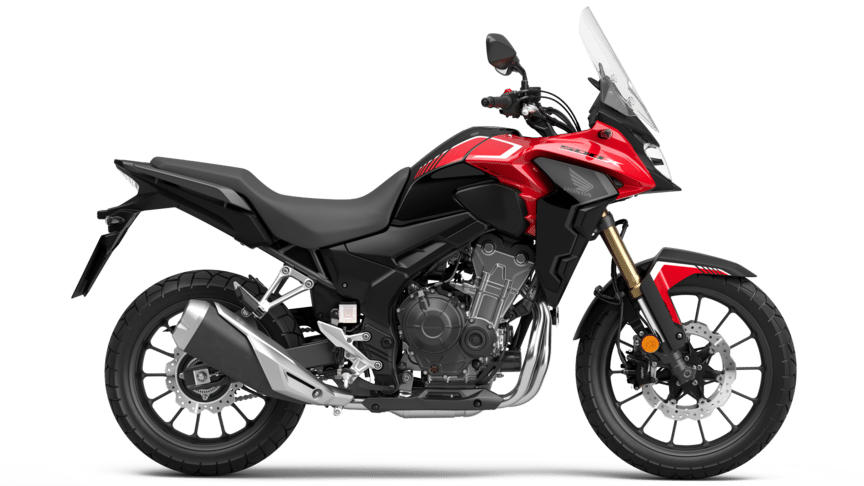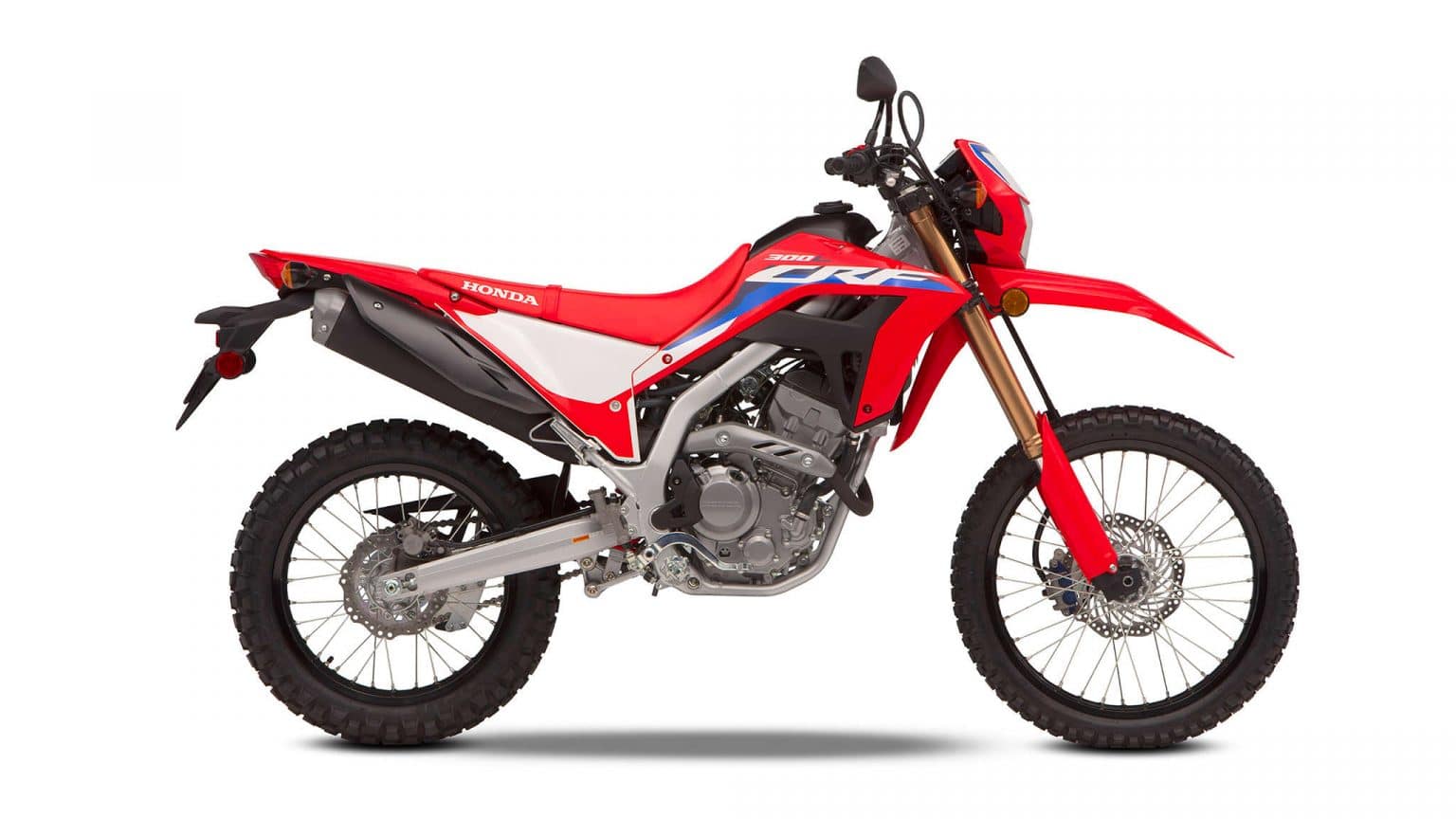It Does Get Wet, Though
Believe it or not, traveling during the Vietnam rainy season can be a good thing for travellers: hotels and flights are cheaper, and less traveller volume means you share the tourist trail with fewer people going the same way. This season is also known as the “monsoon” or “typhoon” season from April to October and get ready because each year the heat and rain intensifies.
If you’re aware of the downsides of traveling in the rainy season and have prepared for them, there’s no reason why your time in Vietnam can’t be the best time to travel (and best-value) trip you’ll ever have. Start preparing for your Vietnam monsoon season trip by consulting this packing list; it contains most of the essentials you need to make it happily through the region’s rains. (Oh, and if you’re going to be riding a motorcycle, we have a handy guide on dealing with flooding right here!)
If you are worried about space, besides the clothing you will bring for the rest of the trip and some shoes, most of these items are very accessible and cheap in Vietnam
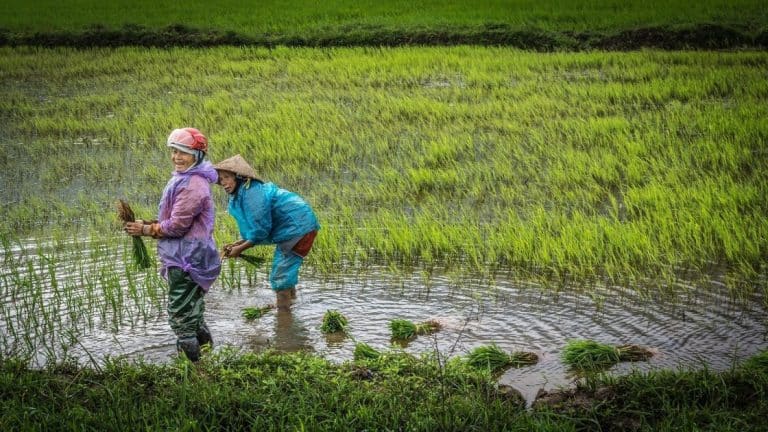
7 Items to Pack for Vietnam Rainy Season
1. Mosquito Repellent
Vietnam’s climate and rainwater create pools of stagnant water in the tropics, allowing mosquitoes to breed and proliferate. Tourists traveling through monsoon season may be susceptible to catching mosquito-borne diseases like malaria and dengue fever if they don’t take adequate precautions.
DEET remains the most popular way to control mosquitoes despite the ill effects on skin and health. Therefore, please pack some tubes of DEET or similar mosquito repellent in your luggage. If you didn’t get the chance, they do sell mosquito repellent at the pharmacies here.
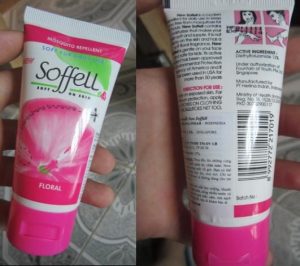
2. Rain Coat
Your regular windbreakers are no good here if you don’t want to be walking around a soaking mess. On the other hand, there’s no need to overspend for a fancy rain jacket that’ll only do a half-ass job at keeping the water out of your clothes. A plain PVC raincoat packs light and provides ample rain cover; it doesn’t feel too warm, either. You can keep it on your bike or rolled up on your backpack.
Alternatively, you can get a travel umbrella that fits into your handbag or knapsack when folded. However, when the heavens really open up on you, it is likely you’ll need both a raincoat and umbrella to keep you somewhat dry. Vietnam doesn’t take its wet season lightly.
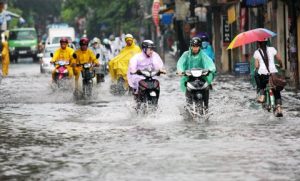
3. Easy-dry Clothes
Traveling in the humid tropics during rainy season calls for clothes that dry easily, but feel cool when worn. While cotton clothing is cool, it absorbs moisture and takes longer to dry. So leave those denim at home; you’re better off with polyester-blend clothes that have all the positive properties of cotton while drying faster, even in the humid air.
#Synthetics also tend to take up less room in your luggage, providing you with more space to pack. If you are sightseeing for the day, we highly suggest bringing an extra shirt or pair of socks if you are wearing closed shoes. One minute you are enjoying Vietnamese coffee on the street and the next you are running for cover! It’s all part of the exciting experience.
4. Vietnam Rainy Season-Appropriate Footwear
Here are a few tried and tested options:
If you’re traveling during the monsoon season, leave your fashionable leathers at home; You need shoes that make in wet roads without too much damage. Waterproof shoes are an option, but they’ll weigh too much and are no good in a flood. (Besides, they’re just as good keeping water in as out; imagine how stinky your sweaty feet will be once out of those boots!)
Bring sandals instead; keep them out of serious floods and you’ll do all right. You can hook them on your backpack while walking around in case the weather has a sudden change. Never underestimate the power of outside straps on a backpack when traveling. Don’t walk outdoors in your sandals if you have broken skin on your feet, though – that’s asking for trouble.
And, as you’re in Vietnam, you might as well dress like a Vietnamese. Treat yourself to a pair of iconic beehive slippers (‘dep to ong’). The legendary footwear that saves you from heavy downpours with waterproof and non-slippery features will cost you only $1.5 (VND 30,000). Plus, they are comfy and perfect for the muddy rainy season in Vietnam as all you have to do in the aftermath is to rinse off the dirt. They are cute too, kind of.
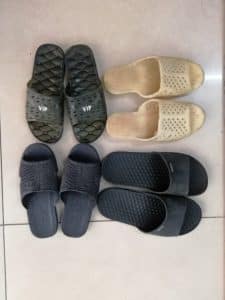
5. Germ-Killers
Don’t face the monsoon season without some protection against germs. Bring a tube of hand sanitizer to rub it on your hands after coming into contact with damp surfaces. If the water’s looking iffy, take a SteriPen water purifier to treat your drinks with. Both will cut down on the risk of contracting cholera, dysentery or other nasty bugs.

6. Silica Gel
You’ll find your bag contents can get all damp and mushy in the humidity of the rainy season. Your electronics and camera equipment are particularly vulnerable to the high moisture content in the air. Fight humidity in your luggage with packs of silica gel – these little pouches suck up ambient moisture and keep your bag internals dry even in high humidity.
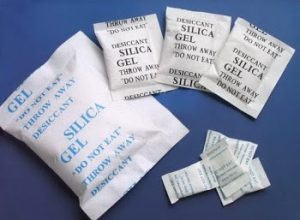
7. Protective Gear for Your Luggage
The rain can come over at any time during the rainy season (hence the name). While dark clouds are a good indicator, the weather can be very unpredictable. It will be in your best interest to keep some dry packs or waterproof covers. These are compact, good for the environment and durable. Backpack covers can be bought in Vietnam as there are many shops with the Northface brand.
We hope this gave you some tips for the rainy season in Vietnam. Remember to use your instinct during these seasons. If the rain and winds are light, take it easy on the motorbike, but if there are heavy downpours – rather stop on the side, have a coffee and wait until it passes. It is not worth the risk.
If you are in the north, check out Hanoi’s weatherdude for some predictions and forecasts while traveling.
